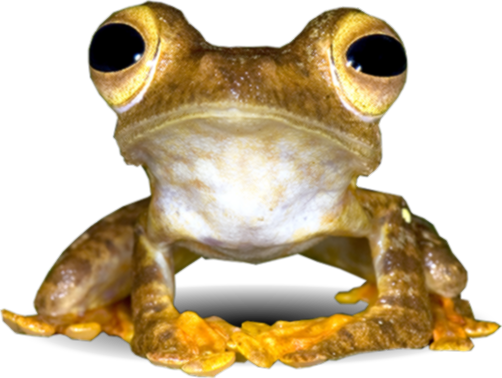Rambutan, scientifically known as Nephelium lappaceum, comes from the root word ‘rambut’ in Malay which means hair, due to its hairy fruits. It is native to the Malay Peninsula, Borneo (including Sabah and Sarawak), the Sumatera Islands and Thailand (POWO, 2022). It is also distributed in Singapore, the Philippines and Sri Lanka. Rambutan is one of the most popular fruits of the East (Corner, 1988) and is among the top three fruits in high demand after durian and mangosteen (Van Welzen, 2017). Nephelium lappaceum is the only species with the highest crop production in the family Sapindaceae.
Nephelium lappaceum is an evergreen bushy tree that can grow up to 60 feet high with a dense, low, spreading, rounded and dull green crown. The leaves are 6–16 cm long; leaflets are elliptic and arranged in 2 or 3 pairs, usually alternate or rarely opposite. The greenish-white flowers are small and occur as a long spike (thyrsoid). The strikingly coloured fruits are easily recognised on the tree. They are commonly red, sometimes yellow and densely covered with thick, coarse, wavy hairs or soft spines. The fruit flesh is translucent white with a sweet yet creamy taste, and the seed in the middle is oval (Adema et al., 1996). According to Corner (1988), the seeds contain toxic chemicals and can be poisonous, bitter and narcotic if not prepared well. Rambutan appears similar to Pulasan (i.e., Nephelium mutabile, another soapberry fruit in the same family) but rambutan fruits are much larger with thinner skin and long, spiky hair (Ng, 1989).
This species has adapted to grow in various types of soil as long as it has sufficient water supply. A good water supply prevents excess moisture loss to the fruits, making them more fresh and healthy. Rambutan trees are easily cultivated with perfect combinations of dry and wet seasons (Kawabata et al., 2007). Therefore, this species grows well in Southeast Asian countries where the climate is highly influenced by the yearly monsoons.
In Southeast Asia, rambutan has become an important commercial crop for its refreshing colours and exotic appearance (Shahrajabian et al., 2020). The golf-ball-sized fruits are eaten raw or used as ingredients in fruit salads, made into jam, preserved in cans, or even prepared as a dessert. The fruit flesh is known to be highly nutritious, containing rich amounts of vitamin C, calcium, potassium and magnesium that are good for health (Chakraborty et al., 2015). Not only are the fruits delicious and sweet, they are also a good source of natural sugar for human health. Currently, rambutan is also in demand from other non-Asian countries like Australia, Mexico, Hawaii and Africa (Li et al., 2018).
Not just for humans, the fruits are also food for at least six species of primates, including the Lar gibbon (Hylobates lar), Siamang (Symphalangus syndactylus), Dusky leaf monkey (Trachypithecus obscurus), Banded leaf monkey (Presbytis femoralis), Long-tailed macaque (Macaca fascicularis) and Pig-tailed macaque (Macaca nemestrina). These smart primates are able to bite or peel off the leathery fruit wall (Ng, 2014).
Nephelium lappaceum is classified as Least Concern in the IUCN Red List of Threatened Species (2017) and the Malaysia Plant Red List (2021) because it is easy to cultivate and is not threatened.
